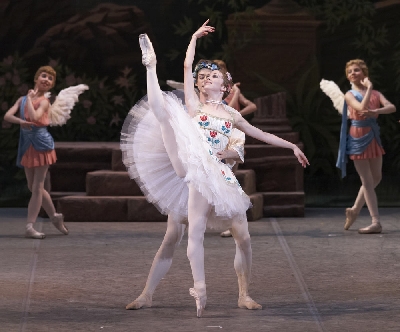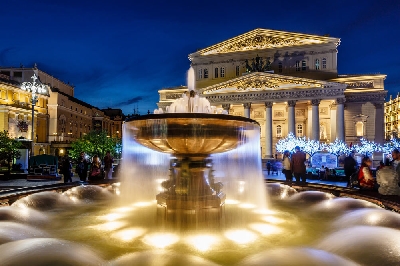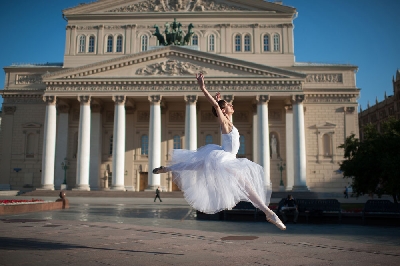In the very heart of Moscow, on Teatralnaya Square, there is a worldwide famous and named for a reason - the Bolshoi Theatre (from Russian "Bolshoi" means "Big"). Along with the Red Square and Arbat Avenue, the opera and ballet theatre is a permanent symbol and the main sight of the capital.
Bolshoi Theatre
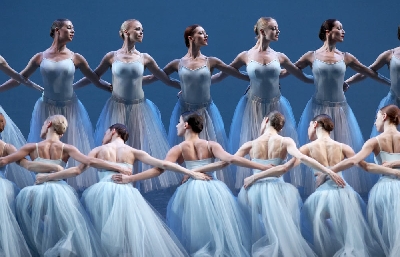
Address:
это доступнее чем кажется!
Tickets:
To determine information on prices visit an official website.Opening hours:
To determine information on playbill visit an official website.The most well-known sights - Must see! w
The main national theatre of Russia is an undoubted native of traditions of Russian music culture. The key point of visiting of Moscow opens its doors not only of halls, but also of backstage during the tours, where citizens and tourists can learn the main periods of the more than 200 year history of the theatre, the image of which decorates one of the denominations in Russia.
Dramatic art w
More than 800 productions of the famous classics were presented on the stages of Bolshoi Theatre for its long history. The departing point was the opera "Degeneration" by D. Zorin, which caused a huge success in 1777. During the early period in the repertoire there were operas of Russian and Italian authors, ballets-divertissements and even productions on mythological motifs. The great events in the work life of the troupe were the productions of the opera "Ruslan and Ludmila" by M. Glinka and "Giselle" by A. Adam in the middle of the XIX century. The second half of the XIX century was represented by the works of the famous choreographer M. Petipa, with the help of whom the public could enjoy the ballets, which are popular to present day, "Don Quixote" and "Swan Lake". The boundary of the XIX and XX centuries is considered as the flowering period of Bolshoi Theatre, the time of such famous artists as F. Chaliapin and L. Sobinov. At the same time, the theatre started active cooperation with the talented composer and conductor S. Rachmaninoff. After the Great Patriotic War on the stage of the theatre there were the music works of the composer from the allies. Nowadays, in the repertoire of Bolshoi Theatre there are a lot of classical opera and ballet productions, but the modern directors are not afraid of experiments and become more popular as well.
The city in architecture and monuments r
Originally, the theatre was located on the right embankment of Neglinka River with the façade over Petrovka Street, right since then it was called Petrovsky Theatre (and, later, the Old Petrovsky Theatre). For the first time, its doors were opened in 1780 and very soon it became the first and only public theatrical building in Moscow of such value, magnificence and ergonomics. After the fire in 1808 the troupe of the theatre had to perform on different private stages. The competition for the design of the construction of the new theatre building was announced and the follower of neoclassicism and Empire style O. Bove won it. Already on the 6th of January 1825 the construction of the greatest building was finished. The massive edifice absolutely satisfied the tastes of contemporaries with its façade, which was decorated with a strong portico on eight columns. Alabaster Apollo on the top of the colonnade, who managed carriage-and-three, as if he looked on Teatralnaya Square, which were under construction that time. After the reconstruction in 1856 the height of the theatre was increased to 4 meters, the façade got the new pediment and the carriage-and-three was replaced by the bronze quadriga. Many times the theatre building was on the verge of destruction and was out a repair, but the public, as before, can enjoy its unique beauty and productions, which are famous all over the world.
-
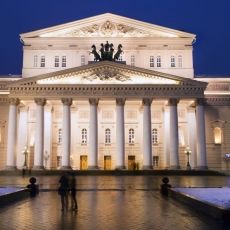 Bolshoi Theatre! Moscow, Russia
Bolshoi Theatre! Moscow, Russia -
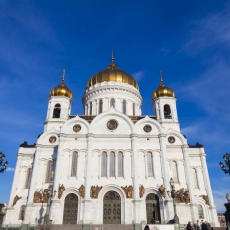 Cathedral of Christ the Saviour! Moscow, Russia
Cathedral of Christ the Saviour! Moscow, Russia -
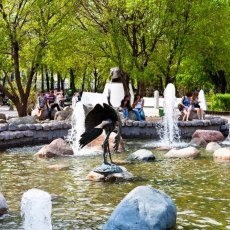 Clean Ponds! Moscow, Russia
Clean Ponds! Moscow, Russia -
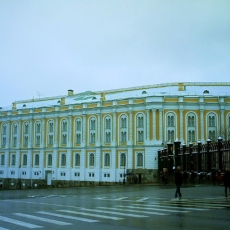 Diamond Fund! Moscow, Russia
Diamond Fund! Moscow, Russia -
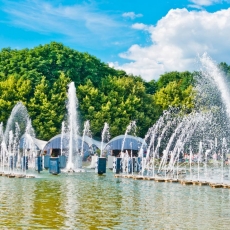 Gorky Park! Moscow, Russia
Gorky Park! Moscow, Russia -
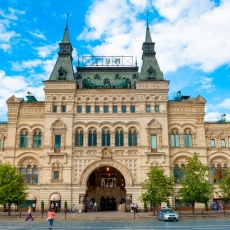 GUM! Moscow, Russia
GUM! Moscow, Russia -
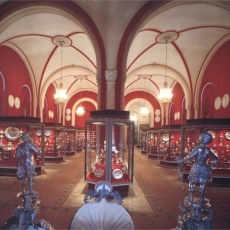 Kremlin Armoury! Moscow, Russia
Kremlin Armoury! Moscow, Russia -
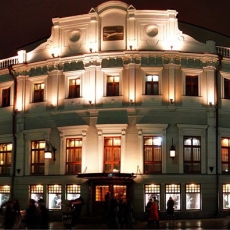 Moscow Art Theatre! Moscow, Russia
Moscow Art Theatre! Moscow, Russia -
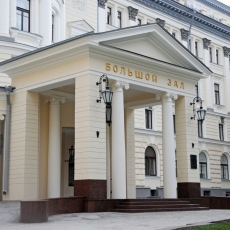 Moscow Conservatory! Moscow, Russia
Moscow Conservatory! Moscow, Russia -
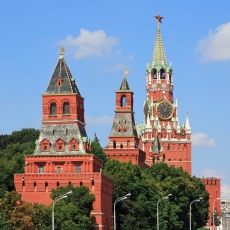 Moscow Kremlin! Moscow, Russia
Moscow Kremlin! Moscow, Russia


